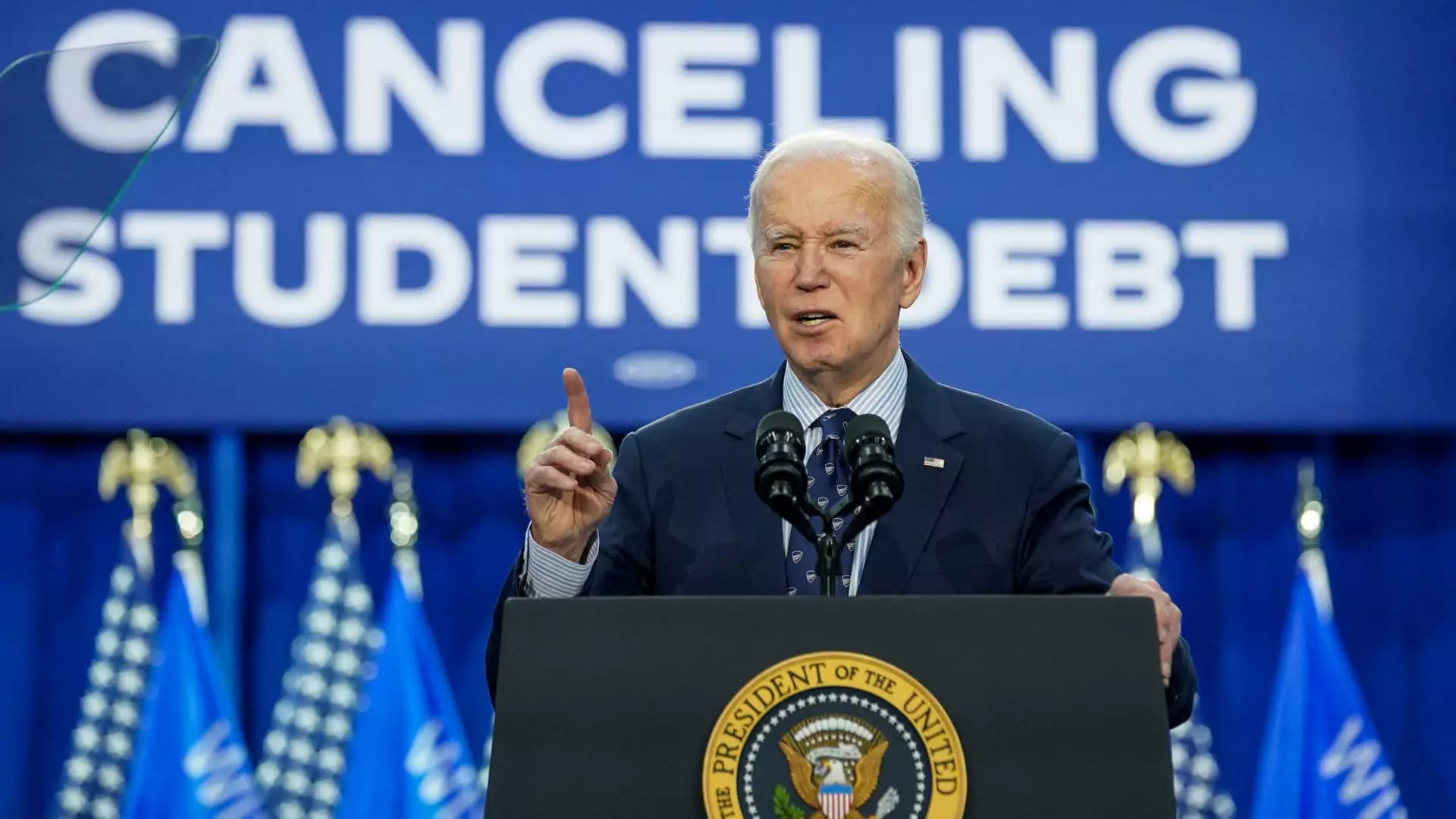President Joe Biden’s recent announcement about his plans for making some college education free has once again stirred up the debate over the best strategy to address the issue of college affordability. While student loan forgiveness has been a hot topic, some experts argue that free college may be a more effective way to tackle the rising costs of higher education.
Critics of President Biden’s focus on student loan forgiveness argue that it is merely a temporary fix that only benefits those who already have existing education debt. Ryan Morgan, CEO of the Campaign for Free College Tuition, describes loan forgiveness as a “snapshot in time” solution that fails to address the root cause of the college affordability crisis. Instead, he believes that making college education free for all would remove financial barriers and allow a broader range of students to pursue higher education.
Free college programs have gained popularity as a bipartisan solution to the college affordability crisis. By eliminating tuition costs, these programs aim to make higher education accessible to all qualified students. While the Biden administration’s plan to make community college tuition-free was removed from the Build Back Better Act, many states have taken the initiative to pass their own legislation for tuition-free college programs.
Despite the growing number of states implementing free college programs, there are still challenges to be addressed. Many of these programs are “last-dollar” scholarships, meaning they only cover tuition and fees not already paid for by other financial aid. This may not effectively address other costs such as fees, books, room and board, which can be significant barriers for lower-income students.
Community college is often seen as a more affordable option for higher education, with lower tuition costs compared to four-year institutions. However, recent reports indicate that only a small percentage of community college students go on to obtain a bachelor’s degree. This raises questions about the effectiveness of community college as a pathway to a four-year school and the long-term benefits of pursuing higher education through this route.
Among state-based free college programs, the New Mexico Opportunity Scholarship Act stands out as a comprehensive and inclusive initiative. This program not only provides tuition-free education to recent high school graduates but also extends benefits to returning adult learners, part-time students, and immigrants regardless of their immigration status. The success of this program has been reflected in the increased college enrollment rates in New Mexico, signaling a positive response from students looking to further their education.
Overall, the debate over how to address college affordability continues to evolve, with advocates on both sides presenting compelling arguments for their strategies. While student loan forgiveness may provide immediate relief to those burdened by education debt, free college programs offer a more proactive solution to making higher education accessible to all. As states continue to experiment with different approaches, it is essential to critically evaluate the effectiveness of these programs in supporting students’ educational aspirations and addressing the broader challenges of college affordability.


Leave a Reply